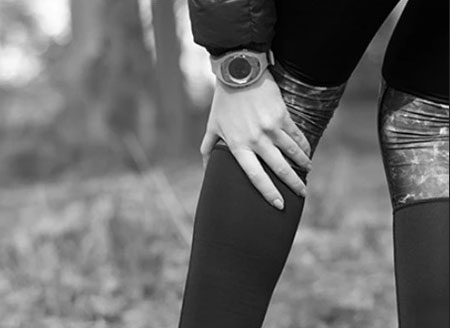
In the world of orthopedic medicine, treating adolescents can involve a much different strategy than that of treating adults. Active adolescents present unique challenges such as open growth plates, abrupt growth spurts, and the myriad of aches and pains that accompany such things. As fall sports get back in full swing, adolescent injuries, aches, and pains are starting to flood through our doors. Let’s talk about one of the intricacies of youth orthopedic care.
A common issue in young athletes is apophysitis, or pain and inflammation at the site where a tendon attaches to the bone near an open growth plate. Young athletes often complain of pain, swelling, and sometimes even a noticeable prominence. Our first question (if no specific injury occurred) is if the athlete has recently sustained a growth spurt because abrupt changes in bone length are often indicative of some form of apophysitis. The discomfort is caused by repetitive stress, often in association with high impact activity such as running or jumping. As the tendon pulls near the site of the open growth plate, the body may respond by depositing new bone to counter the stress to the growth plate. This phenomenon can be seen on x-ray. This condition is most often seen in children ages 10-14 when most notable growth sports are occuring.
One of the most common sites of apophysitis occurs just below the knee and is called Osgood Schlatter’s Disease. In this specific case, it is the patellar tendon pulling on the tibia bone just below the knee. Another common site of aggravation is at the heel where the achilles tendon attaches to the foot. In this case, the condition is called Sever’s Disease. Apophysitis can occur in the upper body as well with one example being Little League Shoulder which involves a growth plate of the humerus bone nearest to the shoulder.
The discomfort caused by any form of apophysitis is treated with rest from aggravating activity, ice, stretching, and anti-inflammatory medication. Keeping inflammation under control while gently stretching the muscles trying to keep up with the stress of increased activity and abrupt bone growth can help calm down the pain. We often recommend adjusting activity levels to accommodate the maturation process of these young bones. Sometimes too much, too soon can be the culprit that initiates the onset of apophysitis. Sometimes in more severe cases, ultimate resolution of symptoms may not occur until the growth plates have completely closed. Some people notice that the bony prominence never does resolve, but rather becomes asymptomatic.
Whatever the location of discomfort, bring your young athlete to Orthopaedic Associates of Wisconsin in Pewaukee, so we can keep them safely participating in the sports they love!
This blog is written by one of our very own-Morgan. She is a certified athletic trainer working as a medical assistant with our providers each and every day in our clinic. She obtained a bachelor's degree in athletic training from Carroll University in Waukesha and a master's degree in Kinesiology from Michigan State University. She is excited to bring you updates and information about the happenings at OAW.

